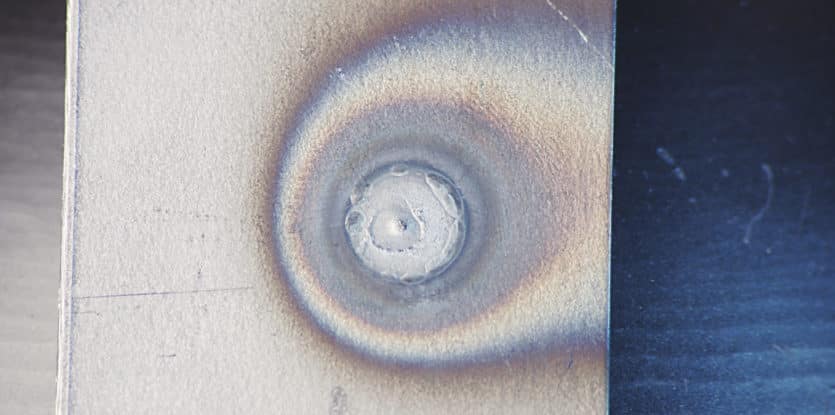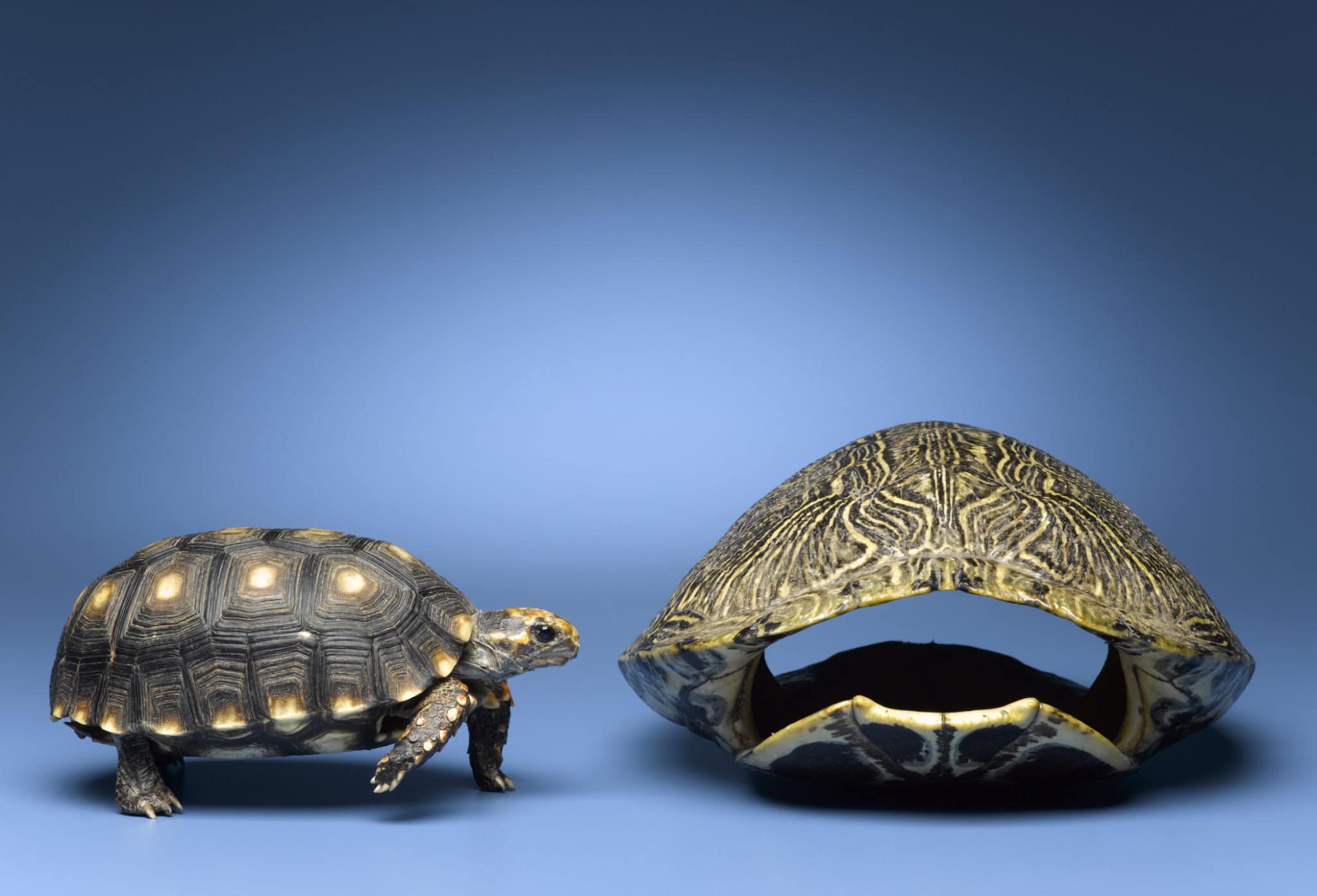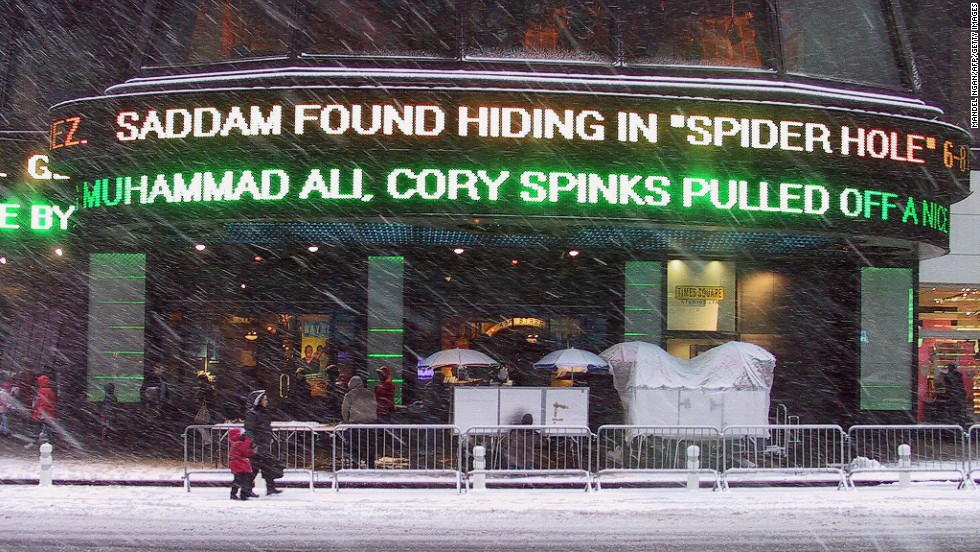All the vessels in the Sanctuary required immersion [after each festival] except for the Golden Altar and the Copper Altar… because [the altars] were coated…
Talmud, Chagigah 26b
In the majority of cases, even the most deficient and sinful of Jews will sacrifice his life and suffer the harshest tortures rather than deny the one G-d… as if it were utterly impossible for them to deny Him… This is because of the divine essence that is enclothed in each soul’s faculty of chochmah, which is beyond any graspable or understood knowledge…
Tanya, chapter 18
During the three annual pilgrimage festivals (Passover, Shavuot and Sukkot), when the entire community of Israel would come to the Holy Temple in Jerusalem, the vessels of the Temple were exposed to contact with many individuals, including some who might not have been well-versed in the complex laws of ritual purity. Thus, following each festival, all the vessels of the Temple were immersed in a mikveh to cleanse them of any possible contamination by a visitor who might have been ritually impure.
The law is that “wooden vessels that are used only in a fixed place are not susceptible to contamination.”[11] The two altars (the indoor “Golden Altar” and the outdoor “Copper Altar”[12]), which were used only in their fixed places, were made of wood and covered with gold or copper. This is the meaning of the above-quoted law that the altars did not require immersion after the festivals “because they were coated”: although a metal vessel could become impure under such circumstances, since the altars’ metal was only a coating, it was buttel (“nullified”) in relation to their wooden bodies and they were thus immune to contamination.
But Torah laws always have more than one meaning. The Torah, as the human being it comes to instruct and enlighten, consists of both a “body” and a “soul.” Each law, story or message in Torah also has a deeper, spiritual import; each legal technicality also addresses the inner world of the human soul.
The Sanctuary is more than a physical edifice dedicated to the service of G-d; it is also the model after which man is to construct his own self and life as a “sanctuary” to house and express the divine. G-d commanded that, “They shall make for Me a Sanctuary and I shall dwell within them”[13]; as our sages point out, “The verse does not say ‘I shall dwell within it’ but ‘I shall dwell within them,’ meaning, within each and every one of them.”[14]Thus, the Torah describes in great detail[15] the various components and vessels of the Sanctuary, for they each correspond to another of the faculties and attributes that comprise the human being.
This is the deeper significance of the immunity of the Sanctuary’s altars. The other vessels of the human “sanctuary,” representing man’s various intellectual and emotional faculties,[16] may, at times, become tainted by negative influences. But the “altars” of the soul, her capacity for selfless devotion and sacrifice for her creator, are not susceptible to contamination.
True, this inner core of purity is not always visible or readily accessible. The glitter of material life, or, conversely, the despair of hardship and poverty, may obscure the soul’s intrinsic commitment to her G-d. But these encumbrances, be they of “copper” or “gold,” are mere coatings on her altar. Coatings that are “nullified” in the face of the incorruptible well of sacrifice within.
Based on a letter by the Rebbe’s, Cheshvan 15, 5711 (October 26, 1950)[17]
Adapted from the teachings of the Lubavitcher Rebbe by Yanki Tauber
[11] See discussion in Talmud (and commentaries), Chagiah 26b-27a
[12] The outdoor copper altar existed only in the Mishkan (tabernacle), the portable sanctuary built in the desert. In the Holy Temple the outdoor altar was built of stone.
[13] Exodus 25:8
[14] Reishit Chachmah, Portal of Love, chapter 6; Shaloh, Portal of Letters, Lamed
[15] Thirteen chapters in the book of Exodus (or 35% of the book) are taken up with the details of the Sanctuary’s construction. [6] See Derech Mitzvotecha, pp. 172-174.
[16] See Derech Mitzvotecha, pp. 172-174.
[17] Likkutei Sichot vol. III pp. 910-912.







